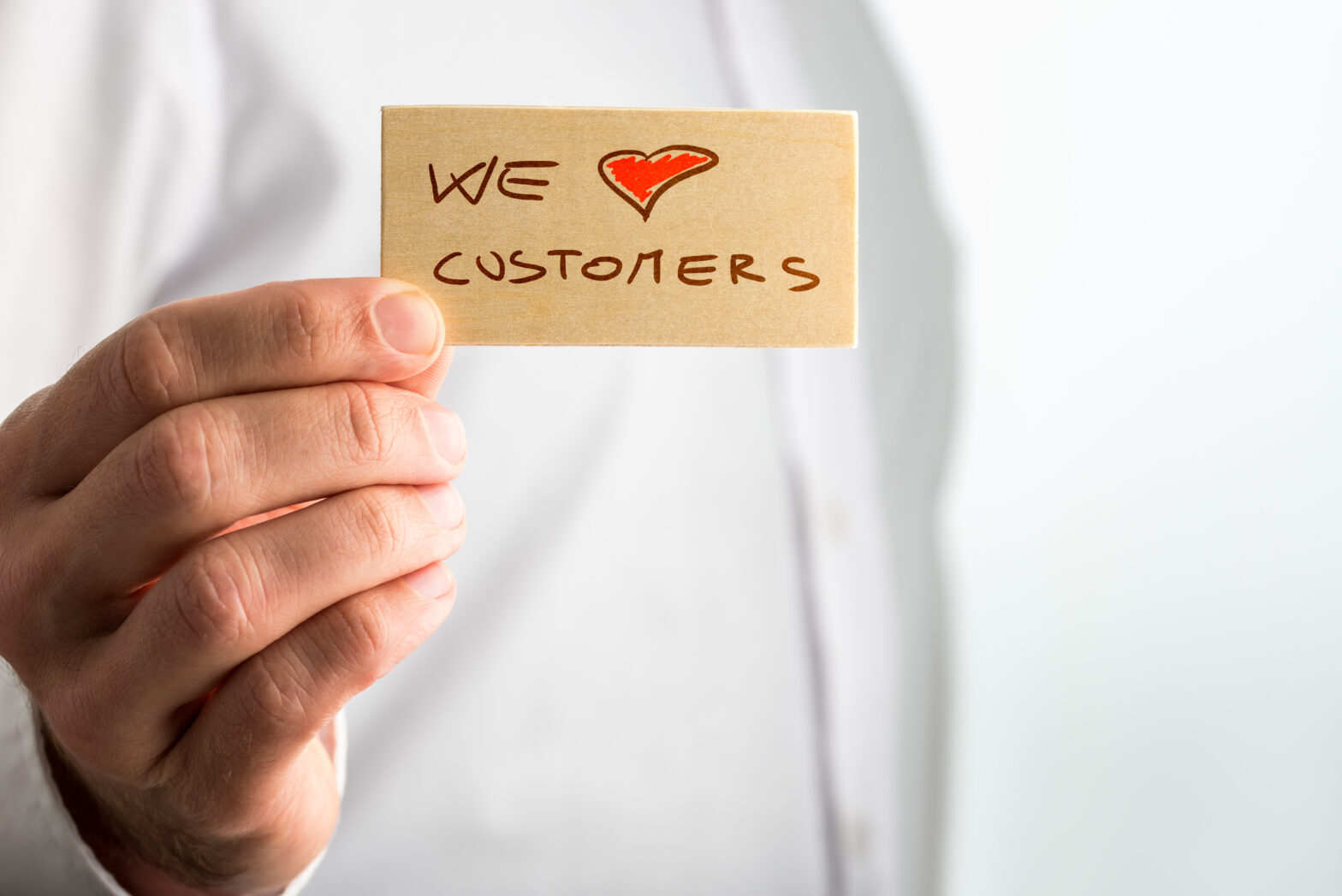It’s no secret that technology is often at the top of the retail growth agenda as brands become fearful of being left behind.
Gartner predicts there will be some 30 billion web-connected devices globally by 2020. Whilst this presents fantastic opportunities for marketers, focus should be less on implementing the latest piece of new technology, but on how this technology enhances the customer experience.
Poorly used technology could result in disengagement not only from communications, but also from the brand altogether.
So, the question is: how do companies ensure a brand is using technology to deliver the most relevant and timely communications in order to drive customers to spend more, spend more often, and remain engaged?
The power of the consumer
Time is the most sought after aspect in today’s consumers’ lives. People are happy to embrace technology to help enhance this and retailers must react to this growing trend by offering technology that improves and simplifies the user experience.
With a plethora of information and choices at consumers’ fingertips, to remain competitive retailers must offer a personalised, relevant, targeted and streamlined experience across all technology channels.
>See also: How companies can use customer data to get in on the sharing economy
To stay one step ahead, consideration is needed into how new technologies will affect specific customer groups, and anticipate their needs. This could be as simple as sending out an iBeacon alert with a special offer if a customer is in store, or offering customer service support via their preferred channel (i.e. social media, text, live chats, etc.).
The real challenge lies with targeting the right people with the right message at the right time. Miss this key step and chances are your customers won’t stick around for long.
This is where insight and integration is so essential, and is one thing that needs identifying when evaluating new technologies and communications methods.
Mobile rules
Global Web Index highlighted that 80% of internet users worldwide now own a smartphone. This is where we manage our digital lives – from communication and social networking, to lifestyle management, media playback, shopping, travel, payments and productivity.
In terms of a brand’s website, a basic mobile site just doesn’t cut it anymore. Customers naturally demand more and just because they’re using their phone, this doesn’t mean they want to access less information.
The key to providing a successful omnichannel experience is to offer the same service regardless of device – the user experience is improved ten-fold by having a consistently responsive website across phone, tablet or PC.
Location, location, location
Location-based notifications add value to the in-store experience by providing timely, targeted messaging to customers in or near your store.
iBeacons, for example, recognise smartphone users as they walk past or through the store.
iBeacons enable gathering of information about customer numbers, their in-store location and uptake of offers. Combined with a loyalty app (where retailers will have already collected initial demographic data), iBeacons send rich data on exactly who is shopping and allow real-time segmentation of the customer base.
This gives retailers the power to push the customer’s next action, including targeted offers to those already in store who are most likely to respond (and ultimately spend).
A word of warning, though – messages should always be contextual. Consider time, location, demographic and individual needs when planning messaging. In its simplest form, there’s no point promoting barbecues when it’s -5 degrees outside.
Physical retail environment
Once again, this comes down to the customer’s experience in store. From self-service tills to in-store kiosks, consumers demand in-store technology to enhance their shopping experience, making it simple and fluid.
Kiosks and interactive tablets are an additional touch-point in the customer journey, and can be used to trigger additional engagement and data collection opportunities, such as providing personalised offers, self-service ordering, or membership/loyalty sign-ups.
A survey conducted by Westfield highlighted that half of shoppers decide where to shop based either on the quality of mobile signal or the availability of Wi-Fi in store.
Retailers should see this as a great opportunity, enabling the consumer to share, surf or shop whilst on-premise. In-store Wi-Fi registration also enables data collection on footfall, browsing activity, and customer demographics.
Remember the human touch
It’s imperative that retailers don’t forget that technology, no matter how well utilised, is nothing without the human touch.
Whilst the all-singing, all-dancing app or in-store kiosk may be effective, customers will still welcome the opportunity to talk to a real person.
>See also: Fuelling the customer obsession: the rise of the Chief Customer Officer
We all know technology has its glitches, or that some customers might need a little support, so ensuring that well-trained, knowledgeable staff are on hand to both minimise confusion and retain trust is a must.
What’s crucial is to provide a consistent customer service experience across all platforms. This is what retains engagement and loyalty, and increases the quality of customer data.
Ultimately, using technology is about where in the transactional process you have the best chance to influence purchasing in an easy and attractive way for your customer, creating a seamless experience across all channels.
Get your technology and communication balance right, and the complete process will work hard to increase profit.
Sourced from Barry Smith, head of sales and marketing, Ikano Insight







